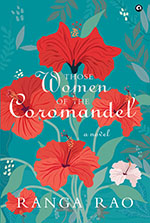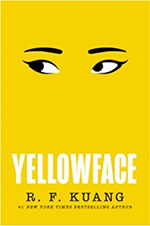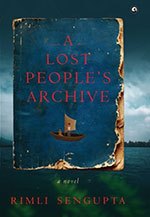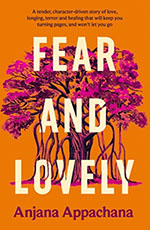Literature-Fiction
The novel is premised on the inner lives of three eponymous and devoted women on the Coromandel Coast during British imperialism. Their intertwined lives along the Coromandel coast aim to recover and reframe the personal and public lives of women in the subcontinent, especially during the British colonial period.
2023
Writing gives you power to shape your own world when the real one hurts too much. To stop writing would kill me. I’d never be able to walk through a bookstore without fingering the spines with longing, wondering at the lengthy editorial process that got these titles here and reminiscing about my own.
At one point in Rimli Sengupta’s debut novel A Lost People’s Archive (2023) the ghost of the novel’s protagonist Shishu laments that Indians never kept archives unlike Romans and Chinese
2023
Mallika’s memory loss of three days. From there on we are led on a voyage of perspectives, and each of them showcases the richness of the inner lives of these characters.




